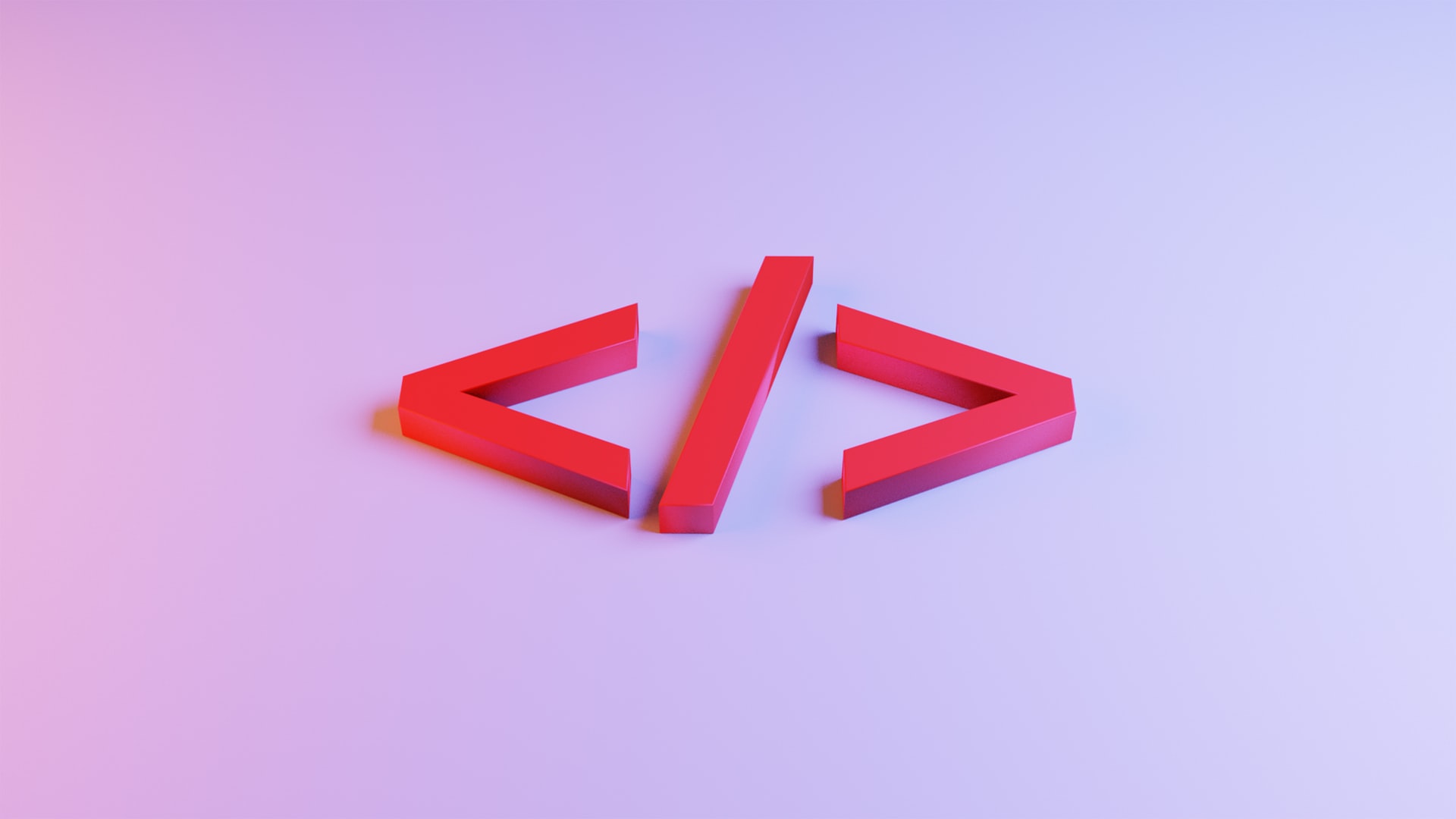HTML5 History - How It Becomes The Standard
HTML5History- The primary language for creating web pages is hypertext markup language (HTML).
HTML5 is a new version of HTML that includes additional markup language functionality and Internet capabilities.
HTML5 had become the standard language for web design in the last ten years but how it become so succesful? How it was developed? Those and more questions we are going to review in this article about the popular HTML5.
What Was HTML?
The Hypertext Markup Language (HTML) stands for Hypertext Markup Language. To offer structure and aesthetic to a web page, HTML employs a text-based syntax.
It employs tags to provide a structure and style because it is a markup language. Hypertext means that HTML may contain text that, when clicked, will take you to a different page.
When you click on any link on a web page, for example, you will be sent to a new web page. Hypertext is the term for this feature.
HTML is used to create web pages and online apps by using tags to provide structure and decoration.
What Is HTML5?
HTML5 is a more sophisticated version of HTML. It has all of the functionality of HTML as well as additional tags such as video>, audio>, and canvas>.
There are tags for incorporating semantics, such as article>, header>, footer>, and so forth. HTML5 enhances HTML by allowing it to support the newest multimedia and new features, such as graphics and audio.
History Of HTML5
HTML5 is a markup language developed by the Web Hypertext Application Technology Working Group (WHATWG), which includes Apple, Mozilla Foundation, and Opera Software. It was first released in 2004.
The W3C (World Wide Web Consortium) then decided to discontinue working on XHTML in October 2006 and instead collaborate with "WHATWG" to develop HTML as a technology. After then, in 2008, Ian Hickson, Google, ian@hixie.ch, published the initial version of HTML5, which was authored by him.
However, it is not complete, and improvements are continuously being made since "HTML5 is a constantly changing technology that will never finish," according to WHATWG experts. It's time to build compatible browsers that implement HTML5 capabilities after the initial draft of HTML5.
Then Mozilla seized the lead and released 'Firefox 3', which allows users to see HTML5 in the browser, but Safari, Google Chrome, and Internet Explorer were far behind in their HTML5 support.
HTML5 was becoming increasingly popular. Then, in April 2010, Apple CEO Steve Jobs announced that flash will never be permitted on the company's smart products. "Flash was developed for PCs with mice, not for touch displays with fingers," he explained. This comment has caused several firms to reconsider their positions, which is why HTML5 was developed.
HMTL5 Standaratization
The HTML5 standard was nearing completion at the WHATWG. At the time, the business planned to finalize the standard this year and release a snapshot of "HTML5" in 2012.
However, they soon realized that the demand for new HTML features remained high, and that we'd have to keep maintaining and adding features to it before we could call "HTML5" complete, so we switched to a new development model in which the technology isn't versioned and instead is defined by a living document that evolves with it.
Two Updates Were Announced In The Initial HTML5 Snapshot
With the URL http://whatwg.org/html, the HTML standard will now simply be known as "HTML."
(The Web Applications 1.0 standard, which includes HTML and a variety of related APIs including Web Storage, Web Workers, and Server-Sent Events, will also be maintained.)
The WHATWG HTML specification is currently a "living standard."
We couldn't keep referring to it as a draft since it's more developed than any previous version of the HTML standard.
The "snapshot" style of standard development, with occasional "calls for comments," "calls for implementations," and so on, will no longer be followed.
The WHATWG has generally been working like this for years, and we were planning to change the name last year but decided to wait because the term "HTML5" was still widely used.
However, because the phrase has come to imply anything linked to Web standards, it's time to move on!
What Was New In HTML5?
HTML5 was created with several goals in mind, including:
- Making it easy for users and screen readers to interpret code.
- The overlap between HTML, CSS, and JavaScript is being reduced.
- Increasing the responsiveness and uniformity of design across browsers.
- Multimedia support without the need of Flash or other plugins.
What's The Difference Between The WHAT, HTML, And W3 Working Groups
Whatwg
Founded in 2004 by the Mozilla Foundation, Opera Software, and Apple, the Web Hypertext Application Technology Working Group (WHATWG) is a developing community. It was developed during a W3C workshop at which all members were enthralled by the W3C's XHTML direction. They believe HTML is what the real world requires. As a result, these organizations established a goal in which the existing HTML was extended and the WHAT Working Group was formed.
Html WG
W3C chose to cooperate with the Web Hypertext Application Technology Working Group (WHATWG) on HTML5 development after accepting that XHTML 2.0 was not the future. For this, they established the HTML Working Group.
W3c
The World Wide Online Consortium (W3C) is an organization that creates web standards.
What Are Markups Language?
A markup language is a standard text-encoding system that consists of a collection of symbols that are put into a text document to govern its structure, formatting, and connection between its elements.
SGML (Standard Generalized Markup Language), HTML (Hypertext Markup Language), and XML are the most extensively used markup languages (Extensible Markup Language).
A device (computer, printer, browser, etc.) can understand the markup symbols to govern how a document should appear when printed or shown on a monitor. Thus, a marked-up document comprises two sorts of text: display text and markup language for displaying it.
In computer science, a markup language is a programming language that employs human-readable language instead of the standard technical syntax used by all other programming languages.
Tags are used to create these human-readable aspects in the markup language.
Tags are used to specify elements of a markup language program, and their names are simple English words that have the same meaning as their functions.
In markup languages, for example, a tag used to specify a document's title is called "Title tag." These tags inform the web server about a web document's style and structure. HTML, HTML5, and XML are among the most widely used markup languages.
People Ask
What HTML5 Is Used For?
You may create offline applications with HTML5. The HTML, CSS, JavaScript, pictures, and other resources that make up the application will be downloaded and cached locally by browsers that support HTML5 offline apps (which is most).
What Is Difference Between HTML And HTML5?
The primary language for creating web pages is hypertext markup language (HTML). HTML5 is a new version of HTML that includes additional markup language functionality and Internet capabilities.
Video and audio are not supported in HTML. Both video and audio are supported by HTML5.
What Is HTML5 And How Does It Work?
HTML5 stands for Hyper Text Markup Language and is a computer language. It is a technology that allows you to change the appearance of web pages and make improvements to them.
It was also used to organize and show web information.
Do I Need HTML5 On My Computer?
HTML5 is a mark-up language that is supported by contemporary browsers and is used to generate websites and webpages. If your browser does not support it, you may need to upgrade your browser.
Conclusion
HTML5 changed so many regulations concerning web design languages that its relevance has made HTML5 the industry standard when it comes to internet websites.
Because of its ease of learning compared to HTML and compatibility with highly customized models, this language is the most popular among web designers.
What are your thoughts on HTML5's history? Were you aware of it? Is it anything you utilize on your website? Please let us know in the comments section.


